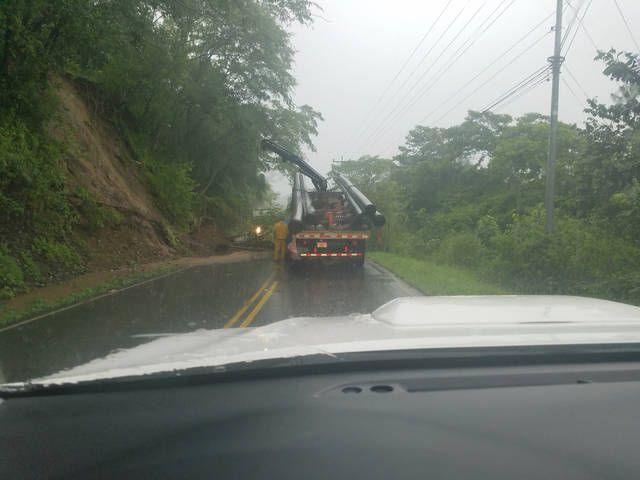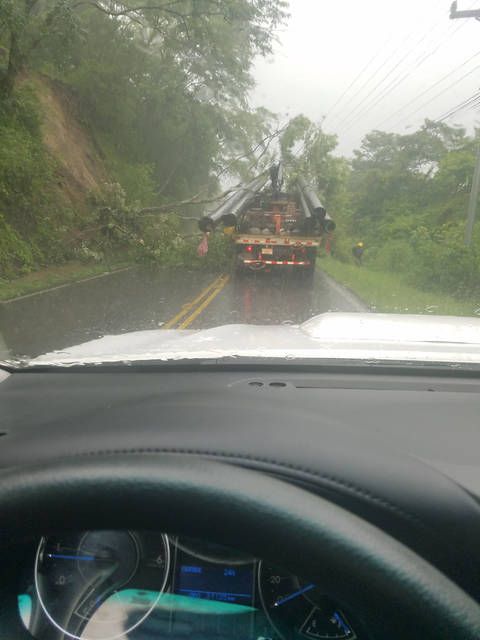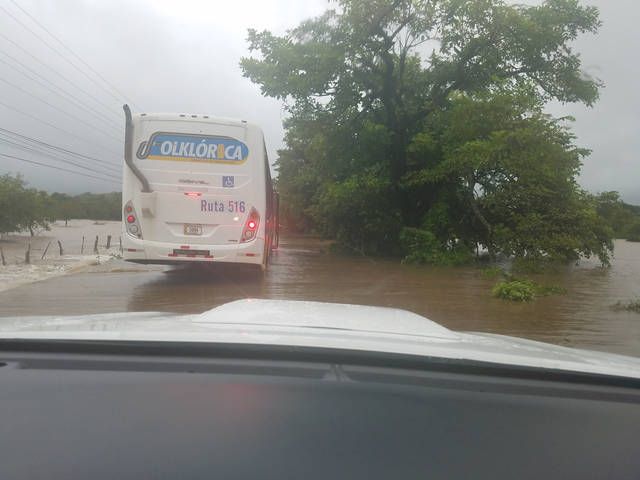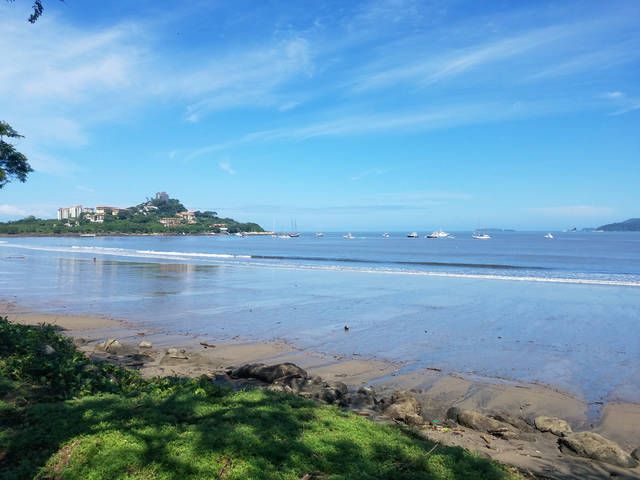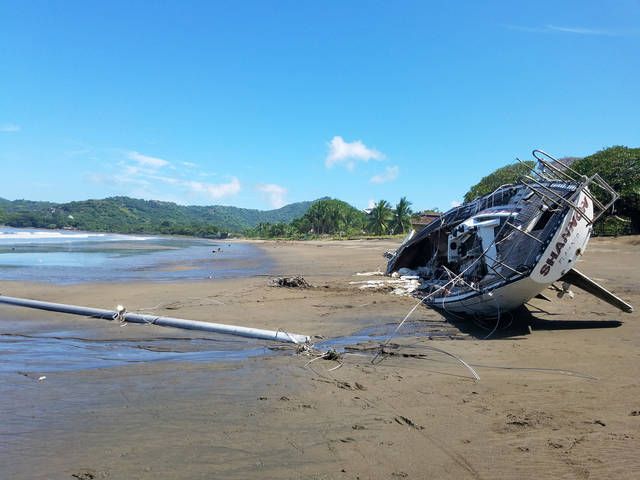Click here to subscribe today or Login.
Editor’s note: The author and photographer, Nick Delorenzo, is a Mountain Top native who is safe after being in Costa Rica when Tropical Storm Nate made landfall. At least 22 people were killed in the storm in Costa Rica, Nicaragua and Honduras.
COSTA RICA — I arrived on Tuesday, the first day the storm hit the country.
I was driving from the small city of Liberia, where the international airport that serves Guanacaste Province is located.
As I headed for the coast, conditions began to worsen, and I encountered fallen trees, downed power lines, mudslides and impassable roads. At one point, I encountered a road crew trying to remove a fallen tree from the road, but while the members were working, another tree fell on their work truck.
As I started toward the coast, the rivers had flooded farm fields, and cattle and equipment were swept away — the roads started to flood and erode. At that point I was trapped — the police had closed the road in front of and behind us, and the road I was on had started to wash away.
I was forced to drive down into the field and toward the river — a light truck in front of me attempting to do the same thing was swept away — and once I got to the other side, I was able to get back on the main road, which was more clear due to higher elevation.
Side roads had become saturated with water. Once I arrived in Playa Potrero, which is home to a large ex-patriot community, power was out, there was no running water, and there was no Internet and only spotty cell service.
Conditions worsened over the next two days and several people were killed by mudslides. A national state of emergency was declared, and small towns such as Filadelfia were completely inundated, as most of the major roads in the country were declared impassable. Thousands of people were driven from their homes, which were either flooded or washed away. They also didn’t have access to food or water and were unable to flee due to destruction of the local infrastructure.
As the storm moved north, the government swiftly restored power and cleared the roads, so the situation improved remarkably fast over the next few days. But the storm left large amounts of property damage, destroyed homes, displaced families and caused numerous injuries or fatalities.
In Central America, there is a sharp divide between the rich and poor; many people have no insurance, and homes aren’t constructed to any code. So while the wealthy live in relatively weather-proof concrete homes that suffer little or no damage, the poor often see destruction of their homes and properties and are unable to escape storms.
